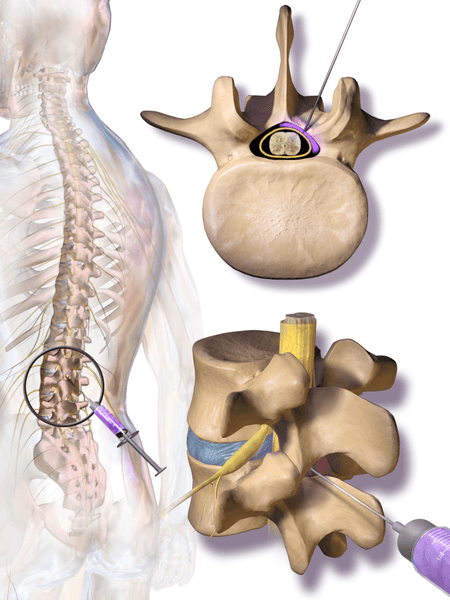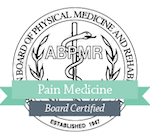Sacroiliac Joint Injections
Sacroiliac Joint Injections
The role of Sacroiliac Joint Injections is to reduce symptoms of severe lower back pain or joint dysfunction. These joints connect the spine to the pelvis – if there is swelling or inflammation in these regions then pain can be excruciating.

How do Sacroiliac Joint Injections work?
They work by providing relief to people who are experiencing joint dysfunction. If there is an excess amount of movement in the sacroiliac joints, this can set off chronic back and leg pain.
- The patient will lie with their back to the ceiling.
- EKG, blood pressure, and heart rate will be monitored during the procedure
- The skin above the sacroiliac joint is cleaned using an antiseptic that contains alcohol to eliminate the risk of infection.
- A general anesthetic (such as lidocaine) is used to numb the area so the patient feels minimal amounts of pain.
- Fluoroscopy is often used to help guide the physician to the exact root of the pain.
- The needle is inserted, releasing dye into the regions of pain to monitor the area.
- Follow-up assessments will be booked to see how your body has reacted to the medication.
- Usually, a maximum of 3 injections is given over 6 months.
The injection is a mix of anesthetic (this will provide instant pain relief) and anti-inflammatory medication (to help the pain over a long period of time). Some people report that symptoms of pain can be stopped for 6 months and some people say pain relief lasts a year. Each person reacts differently to the procedure.
Side Effects
Minor side effects after the procedure can include numbness of the legs, however, this shouldn’t last any longer than a couple of hours – in some people, it can last for up to 24 hours.
Other minor side effects that are common is a slight pain where the injection was inserted – this again shouldn’t last longer than a day.
There are some people who experience side effects such as an allergic reaction to the medication used however this is very rare as a consultation with a doctor is required before the operation takes place.
Tips after Procedure
- It’s recommended to keep physical activity to a bare minimum as interrupting the healing process is the worst thing to possibly do.
- It’s also recommended to keep hydrated in order to ensure that the dye is completely out of your system.
- Lie down as much as possible to reduce headaches or feelings of nausea.



